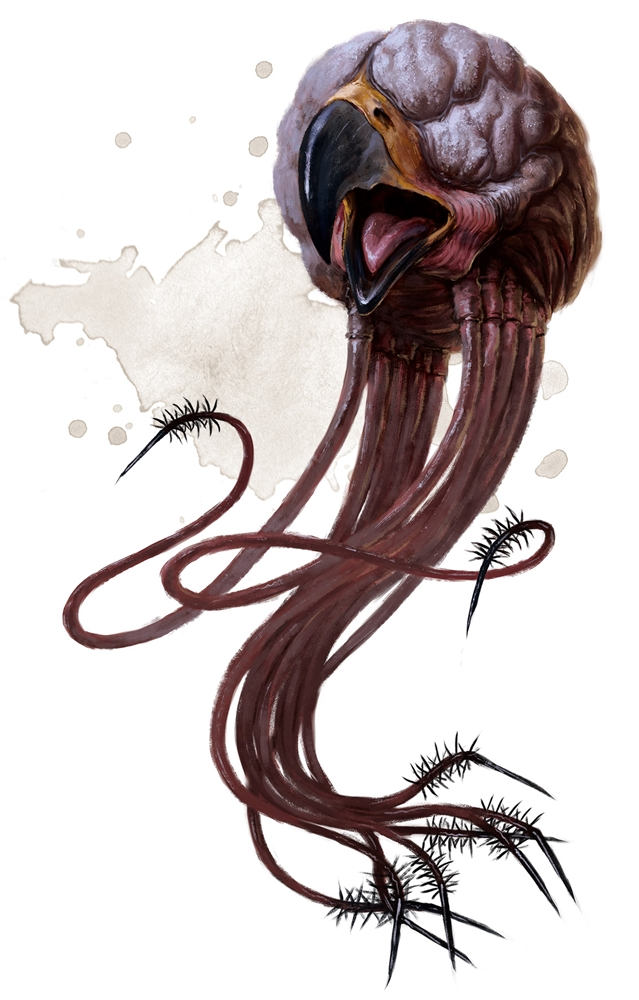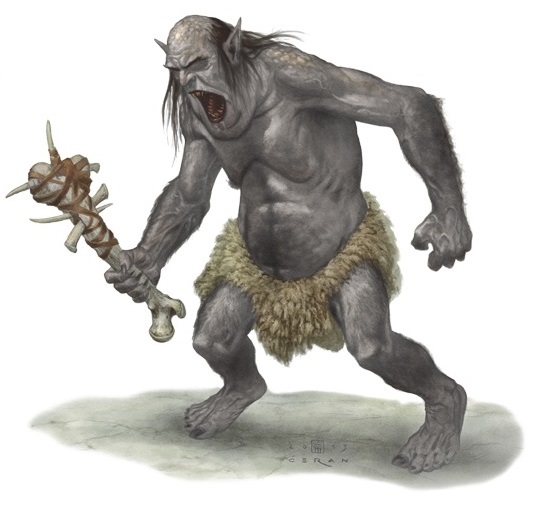I love running someone else's adventures; Wizards has done a great job with keeping new content fresh and interesting in ways that, if I were only running my own homebrew material, I would probably not attempt. Unfortunately for us, not only has Wizards' retained the policy that none of their published hardcover adventures will take characters past level 15, they've actually tightened it, moving the hardcover expectation down as low as 11!
I guess my group must be atypical? The newest member of our gaming circle has still been with us since the beginning of 5th edition, and everyone else has been around at least thirteen years (though we didn't start playing regularly until 5th edition and now we use the technological distance-closer of Roll20, which I can't recommend highly enough).
Regardless, I had a few options for how to challenge the group with a high level campaign.
- Homebrew: This is appealing in that the few homebrew dungeons/encounters I've slipped into our campaigns have either gone unnoticed (because they were seamless with the existing campaign) or been lauded (in the instances where I directly solicited feedback, as with The Vault of Eternity). Unfortunately, I've never run a high level campaign before. Not for 5th, not for 4th, not even for 3rd edition D&D. I would have loved to, but until now I've never had the chance. As a result, I feel a bit wary with how to appropriately challenge high-level PCs without simply making a series of boss-fights strung together by some roleplaying.
- Dungeon Masters Guild: Perhaps surprisingly, there aren't many content creators who have tackled the high level adventure. The DMs' Guild's "Hottest Community 4th Tier (Levels 17+)" is a jumbled mix of a few Adventurers League adventures with a host of encounter packs, one-shots designed for pre-generated characters, and some admittedly noble attempts at post-20 (epic-level) game design.Unfortunately, many of these products are poorly presented and/or poorly edited. The ones that have some professional production values are often designed to be short and sandwiched in as a one-off. The few that seem to be legitimately designed as a real adventure module are either strangely formatted or don't provide a preview. (I will give a particular nod to The Palace of the Red Pasha for explicitly trying to fill this niche, but the formatting in the preview didn't sell me on the product.)
- Conversion from Older Editions: While there aren't many reputable high-level products available for D&D's fifth edition, there certainly are many for previous editions. Fourth edition is a bit of a pain to convert, and I have comparatively little experience with it, but thankfully third edition (3.0, 3.5, and Pathfinder) is swarming with adventure modules that live in the higher echelons of play. Ultimately, this is what I decided to go with for my players' high level campaign. I went back into my own stacks of old modules that I never got a chance to run and decided to modify and update rather than create from whole cloth.
- Stay true to the two campaign arcs which are converging (one character from Out of the Abyss is joining three characters who ran through Lost Mines and Tyranny of Dragons.) This means making sure that drow are keeping an eye out for demon lords, that some of those demon lords may want revenge, that Tiamat may be seeking another route to the material plane, or that someone may be seeking to undermine the success of the Phandelver/Phandalin mines.
- Stay true to the characters themselves. This means finding those ways to incorporate those awesome ongoing backstories from two campaigns to make these characters the stars of a campaign that, on paper, never heard of them!
- Stay true to the original intent(s) of the module. Especially since I haven't run a high level campaign before, I think it's prudent to try to keep the same emotional and structural components in my conversion (even if I don't 100% agree with or understand why the designers included what they did).
For example, in the first session, the characters don't have too many ideas about "what's going on" (something I hate; I love it when PCs know right from the get-go what the big bad hunting them/trying to end the world is going to be). They've used their high level divinations and contacts and these led them to plane shift to the Outlands to look for more clues. While there, the PCs are expected to track down an efreeti merchant; the original module is a bit fuzzy on how they get the relevant information to even find him, but I managed to make it seem like a priority to find him and talk to him. It was a simple roleplaying encounter which lasted all of ten minutes in real time (probably less), and I had considered glossing it--giving the information the efreeti provided through a divination spell or from one of the PCs contacts--but by roleplaying him as an upset merchant (as the script called for), the PCs believed him. Perhaps more importantly, they felt like they'd earned the information and took it to heart. What had been a meandering, purposeless quest suddenly became a single-minded directive: "we're going where he suggested."
I would have missed that.
The only other item worth mentioning is that since we are using Roll20, we had to import character sheets from two separate campaigns who had been running two separate character sheets. That turned out to be a bit of a blessing in disguise since it meant all of the players had to re-read everything on their character sheets to make sure nothing was imported incorrectly or missing. As a result everyone came to the table with a greatly refreshed understanding of what they could do. To remind the players of how cool their party was, I had them start off session 1 by telling the other players the "coolest" thing their character could do. It was a simple five minute exercise, but it was a worthy reminder to them (and to me) of what challenges they could overcome!
Ultimately, I'm not entirely sure the third edition "feel" will mesh entirely with the fifth's atmosphere, but we're going to find out.














